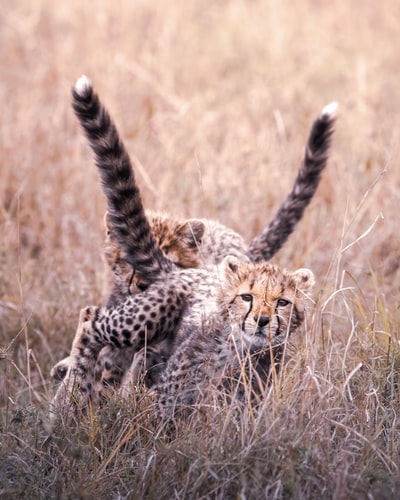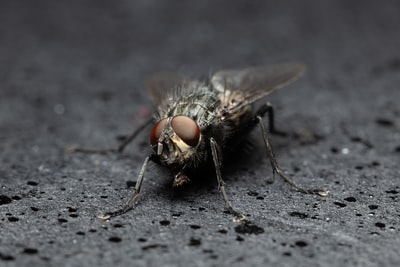
By the end of this section you should understand:
- different ways in which organisms have adapted to their environment
- different types of adaption in a variety of organisms
- how adaptations have helped organisms to survive
- which factors an organism may be competing for in a particular environment
- data which looks into how environmental changes can affect an organism’s distribution and behaviour
——————————————————
Adaptations
In order for an organism to survive it needs to get particular resources from its habitat and from the other organisms with which it shares the environment. Different organisms need to compete for different resources in order to survive:
- plants tend to compete for light, water, nutrients and space
- animals tend to compete for food, territory and mates
——————————————————
Extreme conditions

——————————————————
Animal adaptations
There are a number of ways in which animals have been able to adapt to the conditions in which they live, whether they come from a very cold climate, like the Arctic, or a very hot environment, like the Sahara deserts.
Surface area

Thickness of their coat
An animal’s insulating coat is made up from layers of fat and fur. Animals like seals and penguins, which live in very cold conditions, need this kind of insulation to keep them warm. Other animals don’t need as much fur. For instance, you may have noticed that domestic dogs and cats have more hair in the winter then shed much of it in the hotter months to help keep them cooler.
Body fat
As we’ve already seen, body fat is very useful for animals that live in cold conditions. In hot conditions, fat insulation is not so necessary.
Camouflage
